We use cookies to make your experience better. To comply with the new e-Privacy directive, we need to ask for your consent to set the cookies. Learn more.
VM-810 Utility Line Locator
Classic High-Frequency Utility Locator Trusted by Utilities for Over 40 Years
The VM-810 Utility Line Locator from Vivax-Metrotech is one of the most trusted and widely used high-frequency utility locators in the world. For decades, the VM-810 has been a cornerstone tool for water, gas, and municipal utilities, valued for its simplicity, reliability, and pinpoint accuracy.
Designed for professionals who want fast, confident locates without complexity, the VM-810 remains one of the most popular utility locators sold today — and for good reason.
What Is the VM-810 Utility Locator?
The VM-810 is a single-frequency, high-performance pipe and cable locator operating at 83.1 kHz, a frequency proven to be extremely effective for locating larger diameter buried utilities such as water and gas mains, as well as ungrounded services and drop wires.
Unlike multi-frequency locators that require constant adjustment, the VM-810 is engineered for straightforward, one-button operation, allowing crews to focus on the locate — not the settings.
Why High Frequency Matters in Utility Locating
Choosing the correct frequency is critical when locating underground utilities. Factors such as pipe diameter, depth, material, grounding conditions, and congestion all affect how a signal travels underground.
Why the VM-810’s 83.1 kHz Frequency Excels
The VM-810’s high operating frequency is ideal for:
Water and gas pipes with bell housings and rubber gaskets
Large-diameter metallic pipes that are poorly grounded
Ungrounded service drops and small diameter lines
Situations where direct connection is not possible and signal must be induced through soil
This makes the VM-810 a go-to solution for municipal distribution systems, where utilities are often buried deep and surrounded by other infrastructure.
Distance Sensitive Left/Right Guidance™
One of the defining features of the VM-810 is Distance Sensitive Left/Right Guidance™, a locating technology pioneered by Metrotech and trusted worldwide.
How It Works
(H3 – Heading element)
Unlike conventional locators that rely on signal strength trends, the VM-810 uses separated left and right antennas. This design allows the locator to determine which antenna is receiving the strongest signal, providing clear, intuitive guidance that tells the operator exactly which direction to move to stay centered over the buried utility.
Why This Matters
Faster line acquisition
Sharper, more precise peak response
Easier pinpointing of the utility centerline
Reduced false peaks in congested corridors
This is one of the reasons the VM-810 has remained a locator of choice for decades.
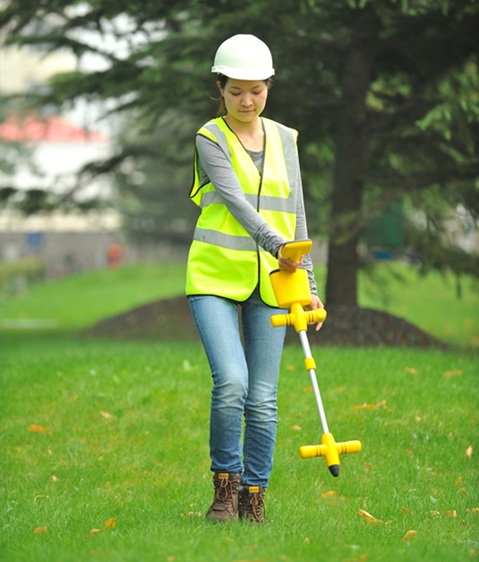

Designed for Utilities That Demand Simplicity & Reliability
The VM-810 was built for professionals who value clarity, speed, and consistency in the field.
Key Benefits
Single-button operation – minimal training required
Fully automatic “real-time” gain control – no manual adjustments
Accurate depth and current readout
Lightweight, rugged construction for daily field use
Long battery life for extended workdays
This simplicity makes the VM-810 ideal for utilities with multiple crews, seasonal operators, or environments where reliability matters more than advanced menus.
Typical Applications
The VM-810 is widely used for:
Water distribution pipe locating
Gas distribution pipe locating
Municipal pipe and power location
Contract utility locating
Service drop and ungrounded line tracing
For utilities that routinely locate large buried assets, the VM-810 remains one of the most effective tools available.
Compatible Accessories & Sondes
The VM-810 supports a wide range of accessories that expand its capabilities:
Sondes (83 kHz)
(H3 – Heading element)
D38-83-AA – 1.5” × 4.1”, range up to 15 ft
D64-83-LR61 – 2.5” × 7.3”, range up to 24 ft
These sondes make the VM-810 an excellent companion for pipe inspection cameras and non-metallic line tracing.
Transmitter Accessories
Inductive clamps (2”, 4”, 5”)
Direct connection leads
Ground stakes and extensions
Proven Performance Backed by Decades of Use
Metrotech has produced variations of the 810 series for over 40 years, and the VM-810 continues that legacy with modern electronics while preserving the performance that made it famous. Despite changes in technology, utilities around the world continue to choose and repurchase the VM-810 in impressive quantities.
This is not a “legacy product” — it is a proven solution that still solves real-world problems better than many newer alternatives.
VM-810 VM-850 Brochure VXMT Eng…
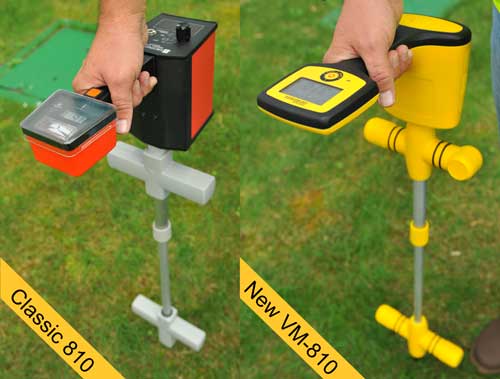

Why Buy the VM-810 from Intermountain Sales
Intermountain Sales is the oldest Vivax-Metrotech distributor in the United States. The VM-810 has been at the core of our business since the beginning, and we understand exactly why utilities continue to trust it today.
When you purchase the VM-810 from Intermountain Sales, you get:
Expert guidance from real utility locating professionals
Proper configuration for your application
Long-term support and service
A partner who understands utility locating — not just equipment sales
Request Pricing or Speak with a Utility Locating Expert
If you’re looking for a simple, proven, high-frequency utility locator that crews trust and understand, the VM-810 remains one of the best tools available.
- Request pricing - (303) 762-1070
- Talk to a locating expert
- Confirm compatibility with your application

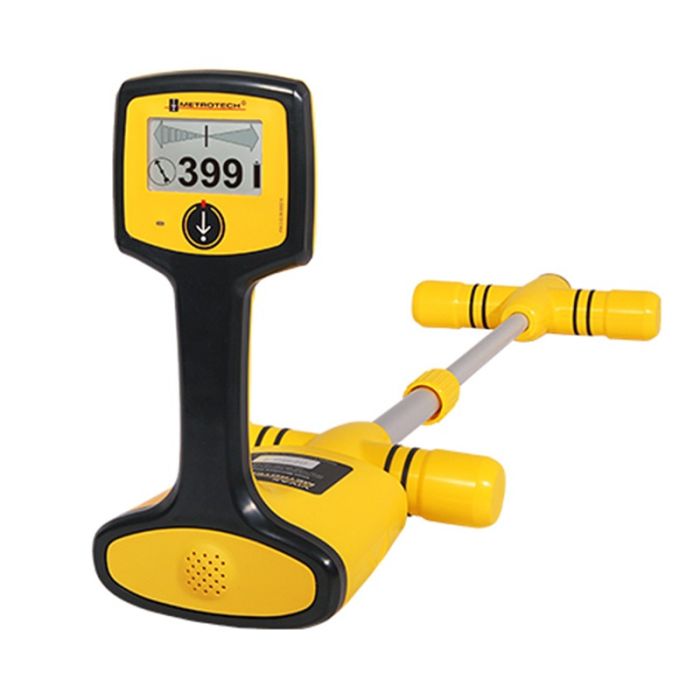
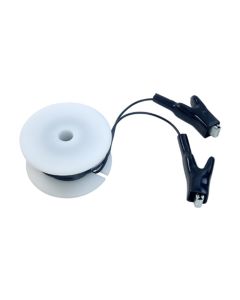
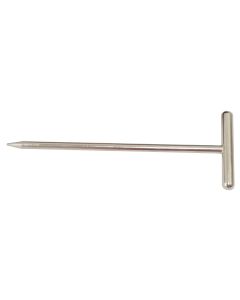

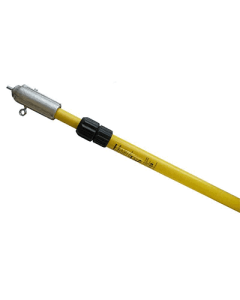


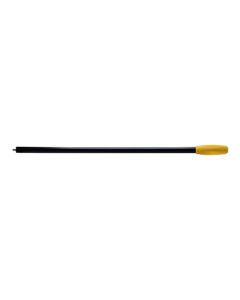




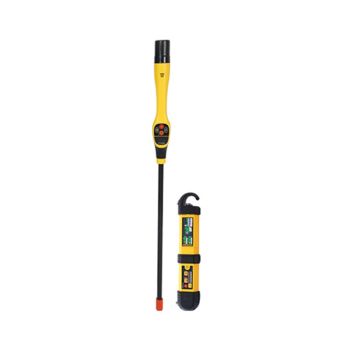
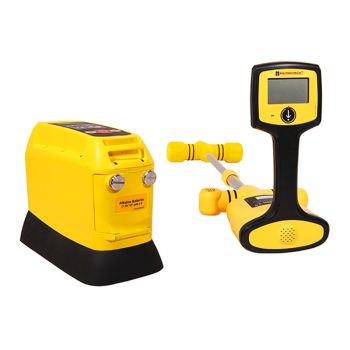


Validate your login